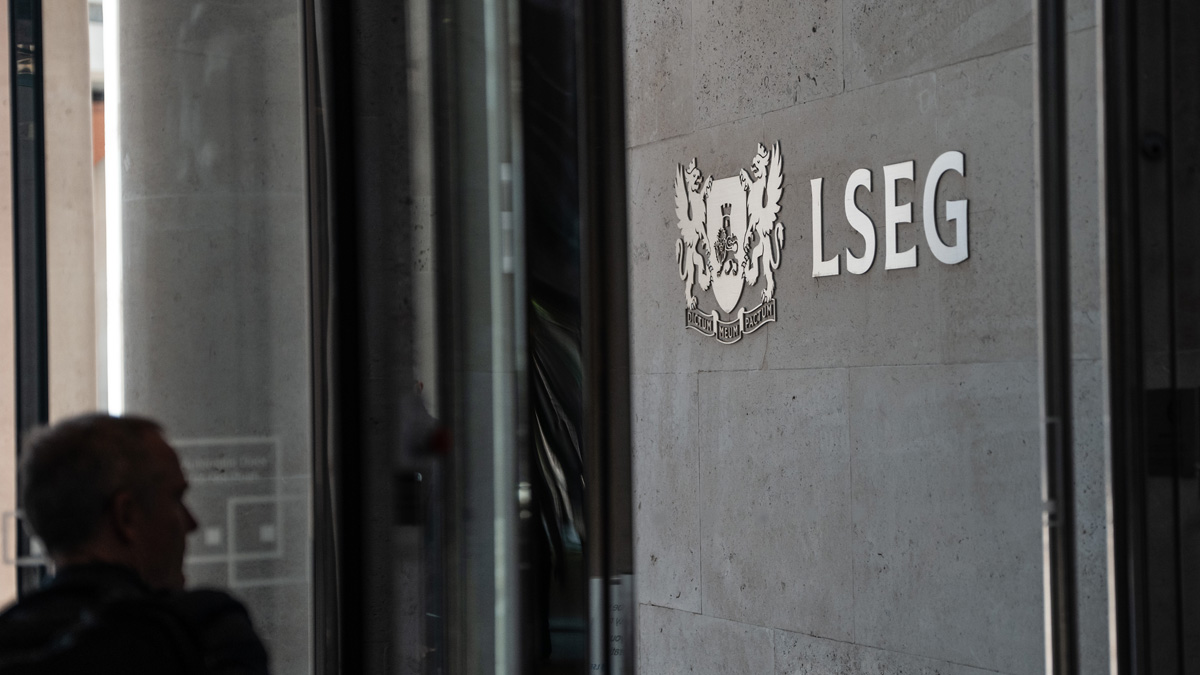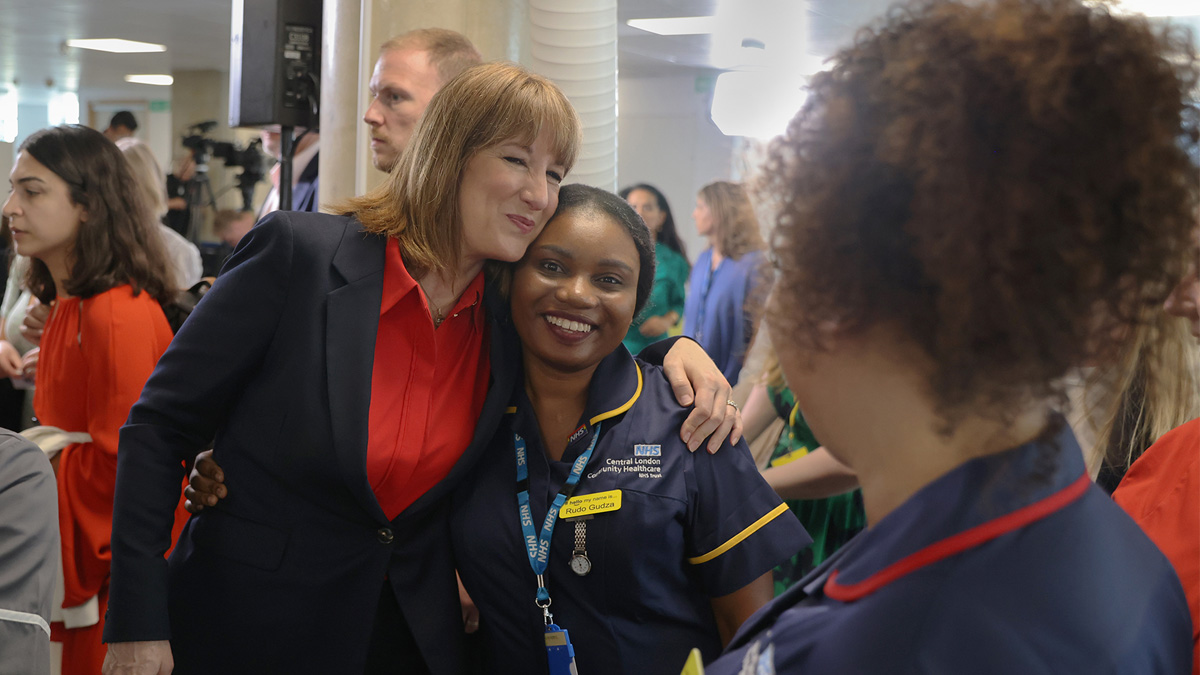
What if your most trusted colleague was an exact replica of you? Capable of sitting in meetings, answering questions in your voice, running complex simulations and offering strategic insights while you focus on other things?
According to Chetan Dube, who has worked on AI development for more than two decades, this is not science fiction but a business reality. He previously founded Amelia, which developed a conversational AI platform, was acquired in 2024. He’s now the CEO of digital employee technology company Quant.
In this masterclass, Dube explains how digital twins – real-time AI replicas of people, processes or systems – are being used by time-poor business leaders.
How would you define a digital twin in the context of business operations?
A digital twin is a digital representation of a physical object. In the case of business operations, it can be a digital twin of a new AI project a company is preparing to launch.
As a digital twin this new technology can be run ad nauseam to see all potential outcomes, possible failures and all unintended consequences. This allows a company to answer every question and solve every challenge before anything goes live.
As the founder of a company, I’m being pulled in multiple directions every day, so can also create my own digital twin. This avatar can attend meetings and conferences for me. It will look like me, speak in my voice and answer questions as I would.
Can you walk us through a simple example of a digital twin in action?
Let’s say I have a board meeting at which I need to be present but am not the main presenter. I want to attend and take part, take notes, keep up to date on changes and progress. But my son texted me and said: “Dad, don’t forget that I am out of school early today and you promised to take me to dinner!”
I cannot physically be in two places at once, so I send my digital twin to the board meeting. It sits in, says hello and then records and notes all changes. It then reports back on all the updates and discussions. It can also inform me as to next steps and all deliverables, mine included.
In what ways would a digital twin help a business leader’s role?
As a leader, the one thing I am in constant need of is additional time. I often find myself up after my family are all asleep researching agentics [how an AI system can act autonomously] and how we can innovate and advance. What am I missing? How can Quant continue to push technology beyond what anyone once deemed possible?
My digital twin can be used to free up my time during the day. It can attend meetings, appear on virtual calls, perform report queries and respond to meeting requests. Imagine if a digital twin could attend just two one-hour meetings a week? That’s 104 hours freed up a year, over two and a half weeks of my time given back to me.
How do you assess whether your organisation is ready for a digital twin?
What is your vision for this digital twin? These are undertakings that need commitment and dedication, they are not something to create just to have. What are the end goals of your digital twin? Get granular with your team and turn over every rock to have a plan of exactly what you want to build, what you want it to do and challenges you want this digital twin to solve.
You must also ask yourself if you have the time to commit to such a project. Does your current team possess all the technical skills to build, maintain and scale such a project? Do you have the amount of clean and quality data needed to build a proper representation of what you are modelling? Do you have the infrastructure to create this twin? Every one of these questions must be answered.
What foundational data or infrastructure is required to build a reliable digital twin?
First, you need high-quality, clean data that is relevant to the person, technology or project you are creating a digital twin for. You must also have the infrastructure to handle all the data needed. These first two are paramount to your success.
Questions as to your possession of both these must be in the affirmative before you begin a digital twin project. You will also need the team and infrastructure to scale, ensure data privacy, etc. But none of that will matter if these first two needs are not accounted for.
What tools do you need to build and use a digital twin?
For sake of example, let’s say you currently lead a SaaS company. Your use of a digital twin could be incredibly impactful in terms of quality of software and satisfaction of your customers. You would build and run your digital twin to complete a full system simulation. This twin would need to be built to run and complete every task that your live software would.
During this simulation, the digital twin would test your new design and/or any enhancements, optimise all processes, respond to any inputs or challenges all while not disrupting your actual live physical software. The digital twin would then be able to prescribe preventative maintenance based on the millions of simulations it ran, thus saving even more time, money and customer friction.
This closed testing environment allows you to go to market with every outcome accounted for, logged, studied, and corrected where needed.
Could you share examples of business leaders who use a digital twin?
Recent news was made when CEOs from Zoom and Klarna sent their digital twins to present at shareholder meetings. This is just the beginning. I predict this type of digital twin deployment will only grow as more successful use cases are demonstrated globally.
On the business side, there have been successful deployments from BMW using a digital twin during the car design phase. GE uses digital twins for turbines and compressors to monitor performances so they can then predict maintenance and optimise the overall performance of the machines, among many others.
A potentially exciting development is coming from Siemens Healthineers, as they develop a potential digital twin for patients that mirror their heart, combined with medical imagery to prescribe personalised health plans tailored to everyone.
Could a digital twin help anticipate and prevent problems?
Yes, digital twins do this via real-time monitoring and data integration, predictive analytics, simulation and scenario planning, early identification of coming issues and then optimisation of the processes based on these previously mentioned methods.
How do digital twins fit into a company’s broader digital transformation or automation strategy?
They are a crucial part of an overall digital strategy. They can be used as a tool to make sure every aspect of your company’s digital strategy is running to complete optimisation and efficiency.
Using digital twins provides you with the confidence and assurances that all your digital assets will run and perform as you desire and give your customers the most frictionless and positive experience possible.
What are the common pitfalls or risks in building and running a digital twin?
Improper preparation will be the death knell of any digital twin attempts by your company. Have you answered the questions of data needs, infrastructure needs, scalability and properly trained staff?
If you have not solved for all of these then your attempt at use of a digital twin is doomed.
How should leaders measure the ROI of a digital twin?
The areas in which you will see the most immediate and impactful results will be in operational efficiency, increased productivity, cost savings, quality of product or services created, and customer satisfaction.
You must create benchmarks before your digital twin use begins and then compare your numbers going forward. Then, as always, you must adjust and change course as often as needed.
What’s your boldest prediction about the role of this technology in leadership?
We believe an increasing number of leaders will start to consult with their digital twin for AI-recommended decision-making. The digital twin’s ability to help them deconstruct their OKRs into causal factors and then ascribe the weights through online gradient descent algorithms will give business leaders the much-needed telemetry into running their organisations more effectively.
These optics will further be refined by the digital twin as, quarter on quarter, it will be able to take the transducer loop to feed back the variances, so that the system can continually converge on outcomes, derisking the loss between predicted outcomes and actual realisations.
Related and recommended

Years of decline have hollowed out London’s listing market, but founders, banks and ministers are quietly pushing for a revival

Healthcare and income tax require radical reform, but the Budget revealed little ambition to tackle the big issues

Bob Skinstad’s journey from rugby prodigy to business leader is shaped by scrutiny, setbacks and second chances

After a decade as editor-in-chief, Katharine Viner is using her business acumen to reinvent The Guardian

